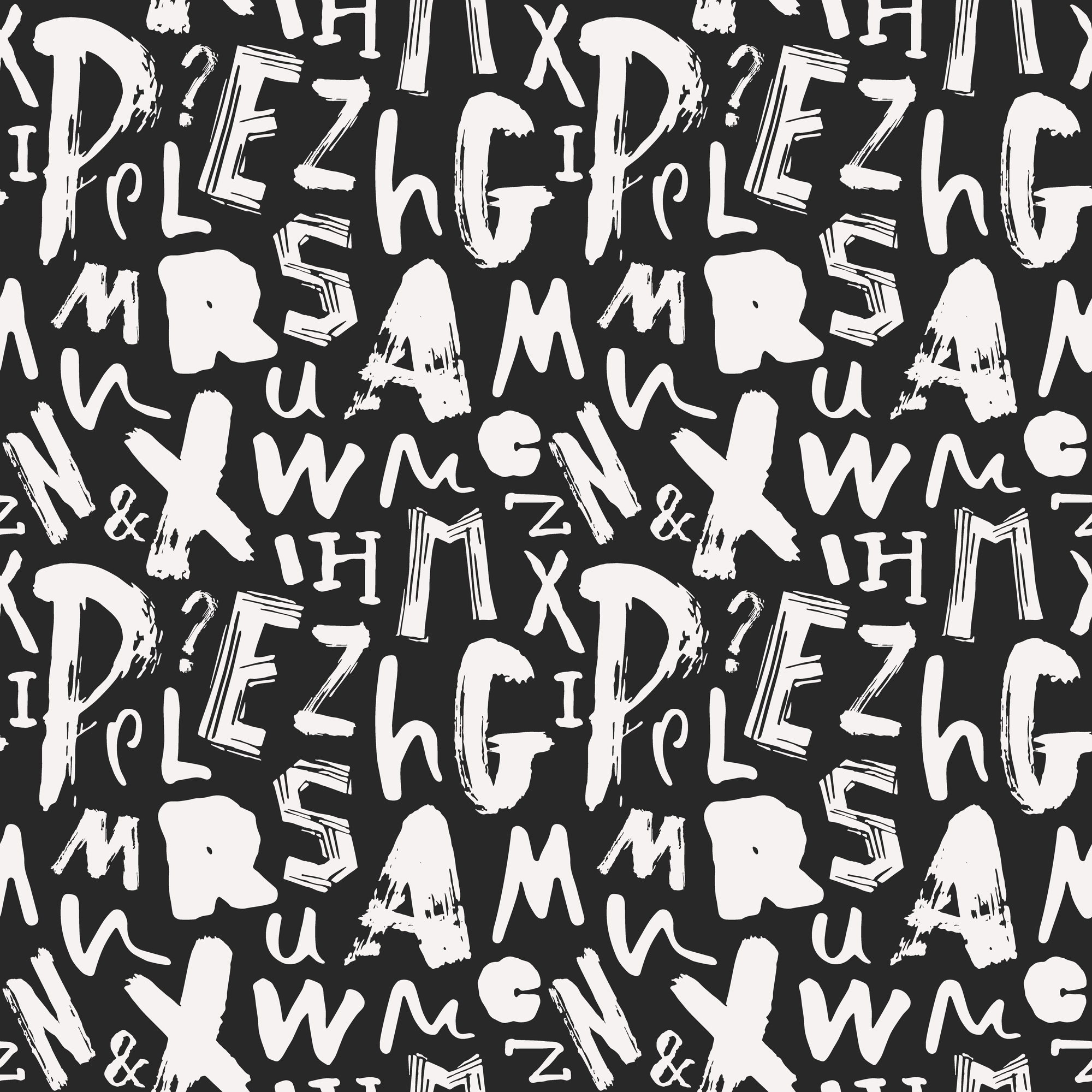What Does a Typographer Do?
Visual effects and packaging play significant roles in product branding, and the job of a typographer is to create the typeface that graphically reflects the brand’s true story. The layout of text as well as its size, color and associated font compose an item’s typeface. A typeface can set the visual mood of items for which it is associated. For example, typographers can craft a typeface for wedding invitations that exude elegance, or they can create a typeface for a children’s book that evokes feelings of fun and excitement. Here are the key skills, main employers and the typical educational and career paths of successful typographers.
Key Skills of Typographers
Artistic expression is one of the key skills for typographers, and mastering this skill helps to give them distinction among their colleagues. Since many of their assignments call for unique designs, typographers must draw upon artistic expression to turn their fundamental knowledge into customized masterpieces for their clients. Problem solving skills are not just needed by those in quantitive based careers, but typographers rely on creative problem solving abilities to complete nearly all of their assignments. For instance, typographers must create artful typeface designs that enhance client brands as well as fit within certain physical layout parameters. Doing this used to be more difficult during the old printing press days. However, computer savvy typographers can now choose among a number of desktop publishing software to help them to do their jobs. In addition to computer literacy, communication skills and attention to detail remain positive attributes of typographers.
Employment Opportunities for Typographers
The main career opportunities for typographers are found in publishing companies, advertising agencies and printing establishments. Book publishers call upon typography experts to create textual designs for book covers and other book promotional material. Large businesses that develop and manufacture products for sale often work with advertising agencies to create brand promoting packaging for new or improved products. Individuals and business customers rely on typographers who work for printing companies to help design fliers, business cards and special invitations.
Academic Requirements for Typographers
Although employers of typographers put more emphasis on their demonstrated abilities and skills than on their academic credentials, many of these professionals possess at least an associate degree in graphic design or desktop publishing. These degree programs provide typography students with instruction in the basics of their craft, and they usually offer opportunities for them to begin a portfolio of their work. Students who pursue the graphic design degree often take courses on topics like type design, letter press printing and package design in addition to varying levels of typography theory coursework.
Experiential Learning and Professional Development Opportunities
The only other thing that employers value as much as verifiable skill is relevant work experience. Many college and university typography related degree programs offer students valuable field study and internship opportunities that help students and graduates gain highly sought after experience in design and publishing. These experiential learning opportunities are especially valuable because they are conducted under the supervision of experts in the typography career field.
Conclusion
Typography plays an important role in creating a user experience that builds brands and eventually sells goods and services. A typical typographer spends many years learning the fundamentals and history of typefaces as well as honing their own distinctive design skills.
Related Resources:
